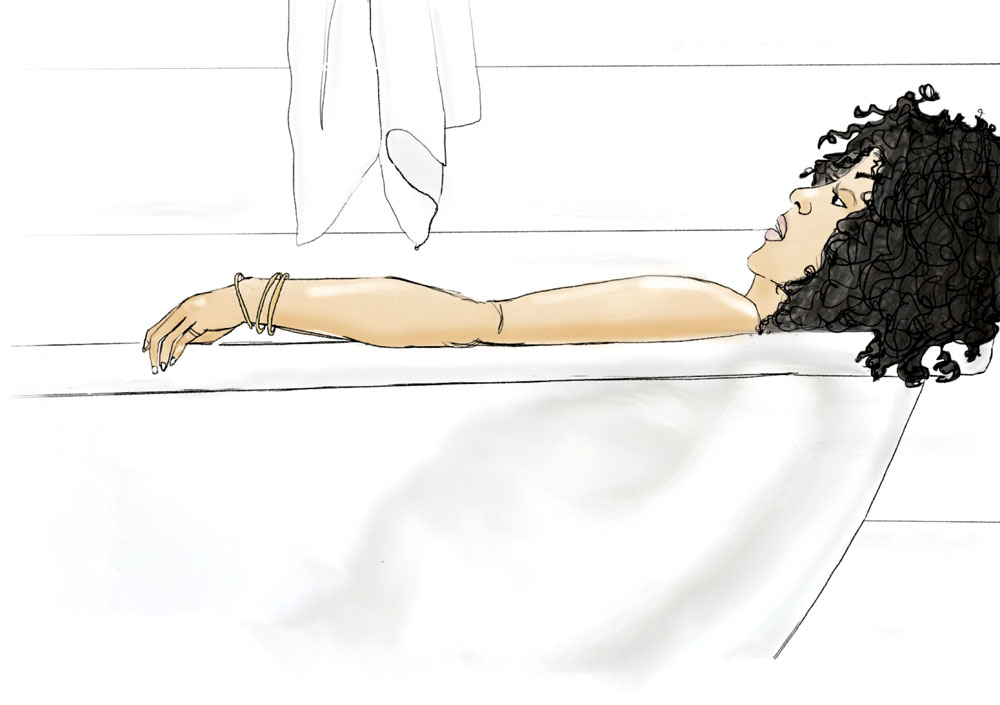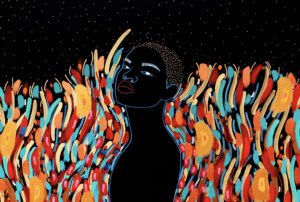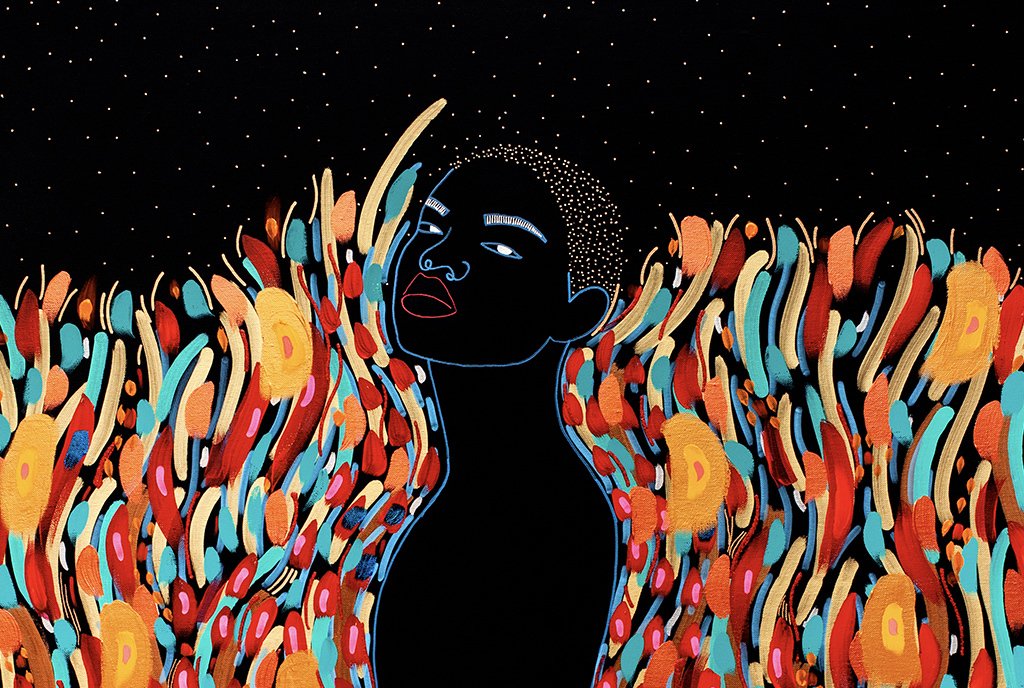
Editors’ note: This article, originally published in the Nonprofit Quarterly’s spring 2021 issue, “Radical Leadership: Visioning Lines of Flight,” was revised by the author on June 28, 2021.
White backlash is everywhere. It riots in our nation’s Capitol.1 It makes bold leaders tiptoe through the nonprofit sector.2 It causes a foundation to close its doors just as it begins to reckon with the intersection of misogyny and white supremacy.3 It makes headlines in education.4
Unlike the vaunted conversations about leading organizations toward racial equity, white backlash—the hostile reactions of white people to that very possibility—often goes unnamed. So does its human impact: racial burnout.
Both backlash and burnout thrive without language to expose and examine them; but once they are called out into the open, leaders can strengthen themselves and each other. Inviting and framing that conversation is key to my consultations with people who want to stay in movements for racial justice for the long haul.
RACIAL BURNOUT
Backlash is such a predictable pattern that in hindsight it is sometimes used as a thumbnail indicator of impact.5 However, it can be hard to identify white backlash while it is happening. While some examples are obvious, others are more subtle. When a nonprofit is pushed from within to make concrete steps toward racial equity, but makes work life intolerable for POC staff—that is backlash. When a foundation’s grantee evaluations show that racial equity is a requirement for success, yet the board insists it should move more slowly and hire a consultant to study the matter further—that, too, is backlash. Backlash can look like one step forward, one step back, or obstacles and resistance. Those in the fray describe backlash as feeling like “whiplash,” or “having the carpet pulled from under you.” Backlash creates the experience of working one’s self to death while seeming to make no progress at all.
How is burnout related to backlash? Burnout is the result of committed, skillful work that seems to achieve no results. This means that even highly effective work can burn people out during periods of extended backlash. Burnout can be mistaken for fatigue, but it is a serious physical and mental health condition. In fact, burnout is an internationally recognized syndrome, in which unmanaged workplace stress leads to feelings of exhaustion, cynicism and negativity about one’s job, and reduced ability to do that job well.6 People in many fields whose work is to alleviate suffering experience vocational burnout, when stressful emotional labor is made worse by unmanageable workloads and unclear role boundaries.7 Research describes additional characteristics, called racial burnout, that are specific to the experience of racial justice activists.8
Racial burnout happens to people who feel a deep emotional responsibility for eliminating racism. It is often a lifelong personal calling related to an identity, rather than just a professional commitment. One person I spoke with said of her life’s work: “I wanted to fix a thing: the harm that [racism] has done.”
A person is vulnerable to racial burnout when they are constantly aware of both the micro and the meta—conscious of racism in interpersonal interactions and aware of the overwhelming structural reinforcements for white supremacy. This intense awareness creates emotional exhaustion and feelings of isolation from others who don’t “get” it. Racial burnout often creates mistrust in the sincerity of others, and this can show up as criticism and vilification. Every issue feels personal when one must also carry the weight of white people’s so-called “fragility” on one’s shoulders.
Sign up for our free newsletters
Subscribe to NPQ's newsletters to have our top stories delivered directly to your inbox.
By signing up, you agree to our privacy policy and terms of use, and to receive messages from NPQ and our partners.
Reactionary white backlash is predictable, but racial burnout from it is not inevitable. Current conversation about healing justice9—practices that transform the impact of oppression on our bodies, hearts, and minds—point to a growing understanding of the need to prevent the physical, spiritual, and emotional harms encountered by racial justice activists. However, the same nonprofit executives and foundation staff who advocate for healing justice approaches10 often fail to build spaces for respite, reflection, and community care for themselves.
Salaries, job titles, and being one step removed from street activism may buffer decision makers from many things, but racial backlash is not one of them. People in executive and grantmaking roles are particularly vulnerable to backlash. Unlike frontline activists, they have fewer day-to-day experiences of community success. Their very role is to be constantly attuned to the institutional and cultural backlash that impedes justice work. As leaders, they are accountable for making meaningful progress on social issues, but measures of progress rarely account for the impact of racial backlash.
FINDING YOUR WAY BACK TO PURPOSE AND JOY
Intervening in racial burnout requires more than a sabbatical and some support from the healing arts. Because the targets of white backlash are racial groups, burnout prevention requires racial community care.11 Some leaders find this refuge in their teams, especially if their staff are mostly POC, but role-peers should be at the center of a network of care. Such a community can provide space for honesty and pain as well as support for thriving. Informal, or self-organized, peer conversations at grantmaker affinity group meetings, or a private Signal channel with a few trusted peers,12 can be sources of community care. Also, the presence of elders rounds out every life-giving community. Even if they are no longer doing paid work in the field, elders hold the generational memory of how racial justice movements embody resilience when the pendulum of change swings from progress to backlash. Solid communities include racial justice aunties and uncles.
What does community care do to intervene in burnout? Often, it creates a safe place in which to speak one’s truth, and to feel relieved that others are having the same experience. Everyone I talked with as I prepared this article said, “I’m so glad to hear I am not the only one going through this.” Frank conversations about day-to-day racial realities can make patterns of backlash visible and serve as a reality check for racial gaslighting.13 Other times, a community can give trustworthy feedback about how one is showing up. Burnout causes a shifting baseline of energy and enthusiasm, and a colleague may not notice that they are no longer inspired by ideas about how change is possible. They may need someone to tenderly point out the connection between racial backlash and the feeling that their lifework has been reduced to a mere paycheck.
Community support for resilience doesn’t solve the problem of racial backlash. Backlash is violent, and the burnout it causes is an enduring, disabling harm.14 It can be both wise and liberating to acknowledge the injury of backlash and realize, “I’m not going to recover from this.” This admission can offer entry to a liminal, transformative space that invites new opportunities: a new platform for justice work, or a redefinition of the role through which one expresses personal purpose.
Important burnout prevention for POC leaders includes dedicating time and energy toward building communities of care for themselves. Those circles are where they will find the reality checks and energy to persist in the face of backlash. Refusing to burn out in the face of backlash is a way for POC leaders to collectively use their power and move toward the goal of liberation: to live every day connected to purpose and joy.
Notes
- Brandon Tensley, “The US Capitol attack fits into the history of White backlash,” CNN Politics, January 13, 2021.
- Carmita Semaan, “Leading a nonprofit through this racial reckoning? It’s more complicated if you’re Black,” Chalkbeat, July 9, 2020.
- Kiersten Marek, “As NoVo Downsizes, What Next for Women and Girls?,” Philanthropy Women, May 19, 2020.
- Susan Adams, “Smith College Staffer Who Quit Over What She Says Was Racial Hostility To White People Collects $240,000 From Supporters,” Forbes, February 25, 2021.
- Lawrence Glickman, “How White Backlash Controls American Progress,” The Atlantic, May 21, 2020.
- World Health Organization, “Burn-out an ‘occupational phenomenon’: International Classification of Diseases,” May 28, 2019.
- Jennifer Moss, “Burnout Is About Your Workplace, Not Your People,” Harvard Business Review, December 11, 2019.
- Paul C. Gorski, “Fighting racism, battling burnout: causes of activist burnout in US racial justice activists,” Ethnic and Racial Studies 42, no. 5 (2019): 667–87.
- “Healing Justice,” TransformHarm.org, accessed March 15, 2021.
- Susan Raffo, Healing Justice: Building Power, Transforming Movements (New York: Astraea Lesbian Foundation for Justice, 2019).
- Taueret Davis, “Breaking Isolation: Self Care and Community Care Tools for Our People,” The Audre Lorde Project, accessed March 15, 2021.
- “How do I know my communication is private?,” Signal Support, accessed March 15, 2021.
- Natalie Morris, “What is ‘racial gaslighting’—and why is it so damaging for people of colour?,” Metro, June 18, 2020.
- Minda Zetlin, “Burnout Isn’t Just Unpleasant—It Can Damage Your Brain. Here’s How to Avoid It,” Inc., March 7, 2017.













